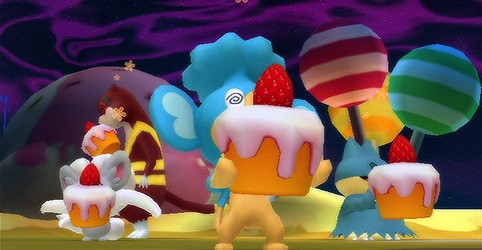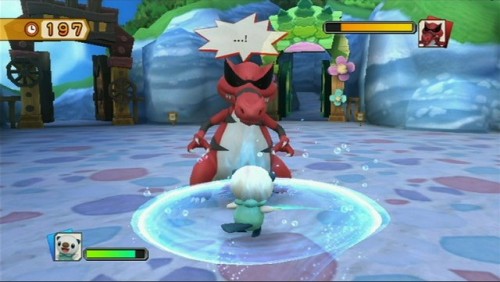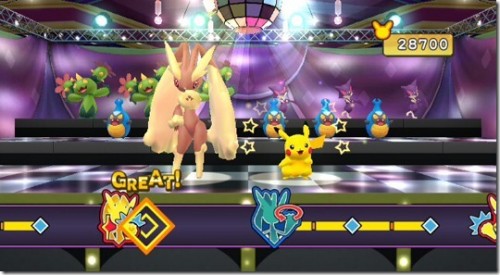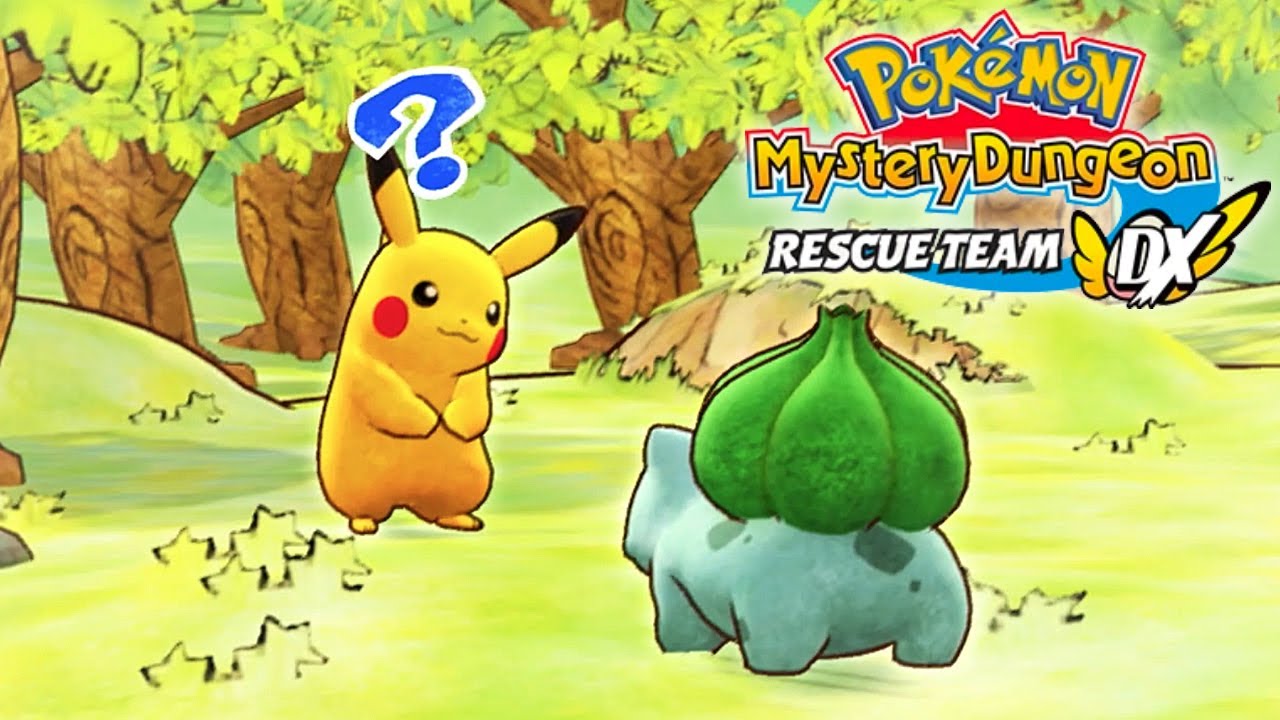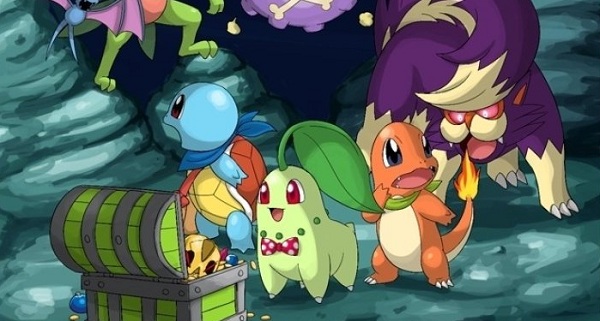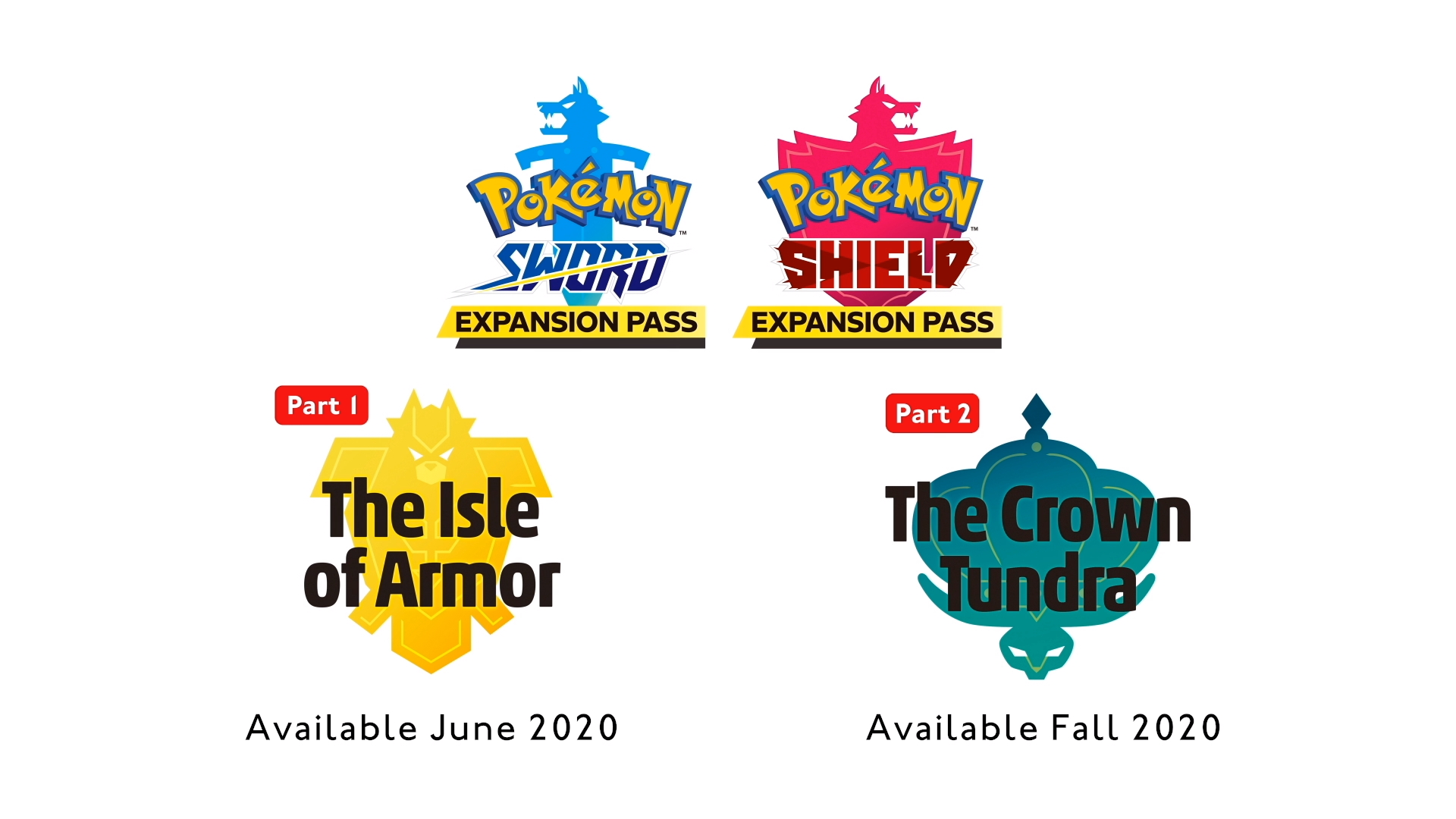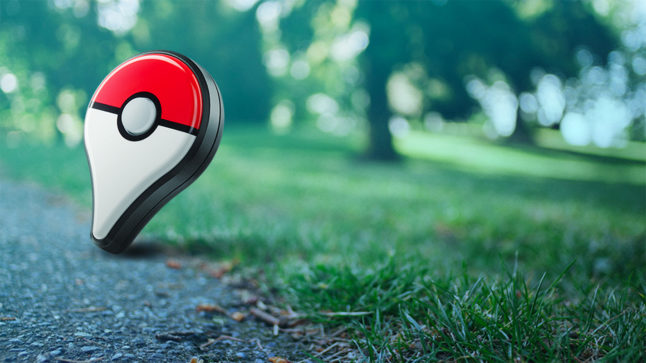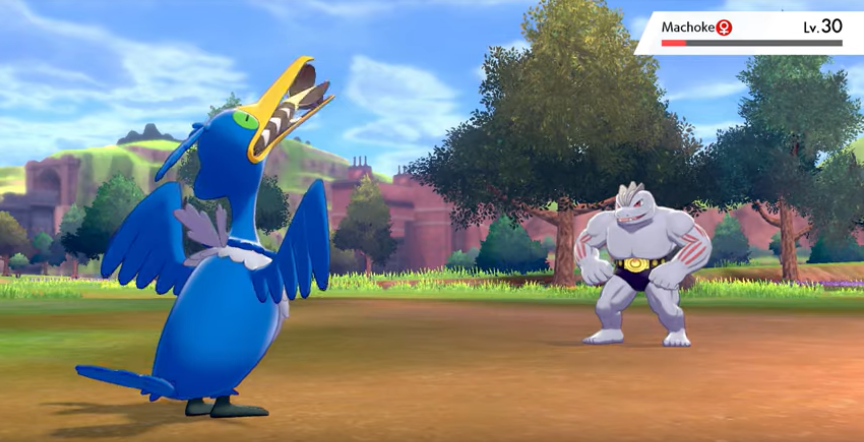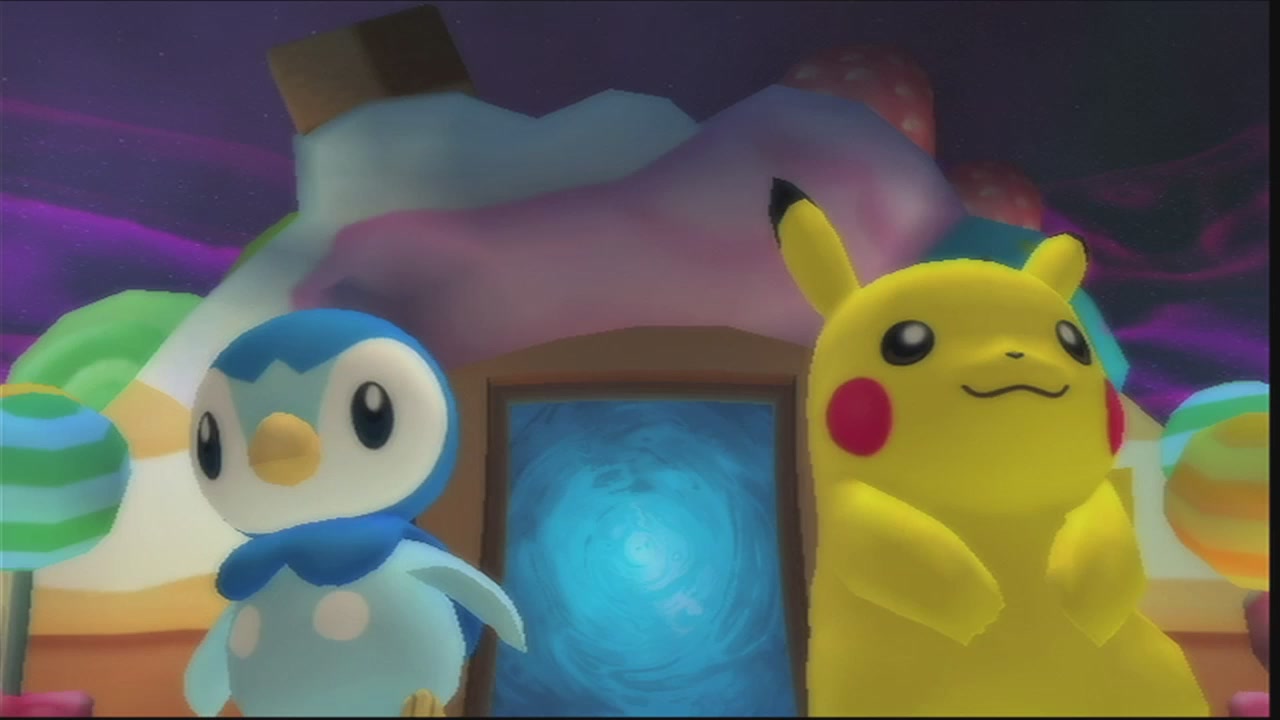
I, probably like most people reading this review, grew up with Pokémon. I succumbed to the craze when it was at its peak, collecting the cards, books, action figures, as well as some obviously bootlegged merchandise. Since then, the Pokécraze has definitely faded, but it seems that Nintendo has been getting more adventurous with their very important (and lucrative) franchise. Games such as Mystery Dungeon andTrozei have taken the various characters we know and love and planted them in very different settings, with mixed results. PokéPark 2: Wonders Beyond is the newest game in the series and another one of the titles to change Pokémon’s normal “Catch ‘em all” RPG gameplay to one more comparable to an action adventure game.
A sequel to PokéPark Wii: Pikachu’s Adventure, PokéPark 2 starts off with Pikachu and his friend Piplup going on a trip to a new PokéPark, only to hear about an amazing new attraction called the Wish Park. It’s a more sinister place than it initially seems, as Pokémon who enter Wish Park are unable to leave. With Piplup trapped in Wish Park, Pikachu vows to free him and the other trapped Pokémon with the help of Oshawott, Snivy and Tepig, who join him along the way. The story is as predictable as it sounds, which is forgivable if you consider that the title is aimed at children.
Well, that’s what I’m hoping anyway, because the gameplay is very simplistic. You play as Pikachu, Oshawott, Snivy and Tepig, swapping between them whenever their unique abilities are required. During exploration, Oshawott can swim, Tepig can charge through certain rocks and unlock certain doors, and Snivy can jump higher and run faster than the others. These abilities are also used during the few platforming sequences the game has, although swapping between the Pokémon can be a little jarring and disrupt the flow of the level. Battles, on the other hand, have the Pokémon using three techniques. These are really only different in name and elements, activated by the same controls and having more or less the same effects. You can dash and perform simple melee attacks, charged moves and shake moves (which is handy for dispatching of several enemies at a time). In addition, certain Pokémon may be weak to certain elements, just like in the core series games. The idea of the Pokémon using their abilities in different situations is rather well implemented, but given the scope of the game, feels very limited.
When you’re not running around the various zones of PokéPark trying to progress the story, you’ll be trying to befriend other Pokémon by battling them, challenging them to a game of Chase or taking a quiz. There are lots to befriend, although it gets quite tedious after a while as most of them are only interested in battling or playing Chase. Furthermore, as the game is controlled by holding the Wii remote on its side rather than with the nunchuck attachment, it feels quite uncomfortable and only lends to the tedium. It could have been more excusable if your Pokémon were a bit more responsive to button presses, but even simple tasks such as steering your Pokémon in the right direction during chases or a battle are a chore.
Unfortunately, partaking in such tasks isn’t exactly optional as befriending enough Pokémon in each zone increases your chances of opening the several Wish Park portals that lead to different areas. The microgame that PokéPark 2 forces on you is a horribly arm-straining waggle-fest that is made easier by having more friends. As the game progresses, criteria for what kind of Pokémon you need to be friends with are added (eg. Big Pokémon because they are powerful, small Pokémon because they have big dreams). The main challenges in Wish Park that you need to overcome are a number of attractions (read: minigames) making use of the Wii remote’s motion control functionality, such as shooting cakes, having a dance-off or zooming through the galaxy to collect gems. These attractions are later available to be replayed with multiple players. Although the game requires you to reach a certain score to beat the attraction for good, the attractions aren’t very difficult to overcome. Thankfully that’s not all; freeing Pokémon from the influence of that Wish Park zone sometimes also requires you to battle a boss (and in one case, a combination of platformer and battles). While I did feel that there was some interesting variety between these bosses, the last one was a bit of a let-down, being quite easy in comparison to some of the other battles I had faced so far.
Visually, PokéPark 2 is very clean, with several of the monsters from the series being lovingly rendered in 3D. It’s great to see how colourful the game is too. and each of the zones has its own particular colour scheme. Wish Park is portrayed impressively too, with a foreboding and sinister atmosphere that is fleshed out further by a haunting and mysterious soundtrack. The rest of the game world features cheerful tunes, and as far as voice acting goes, there is the standard name chirping that leaves you immersed in the game.
PokéPark 2’s predictable story, unchallenging gameplay, shallow ideas and inadequate controls make the game come across as a disc full of wasted potential, which is unfortunate, because it’s an interesting perspective on a Pokémon adventure. However, while older and more experienced gamers are better off finding another title to sink their time and money into, it will serve as a decent distraction for younger fans of the series.
Graphics | THE POWER OF FRIENDSHIP
Shallow gameplay | Horrible controls | No Jigglypuff

